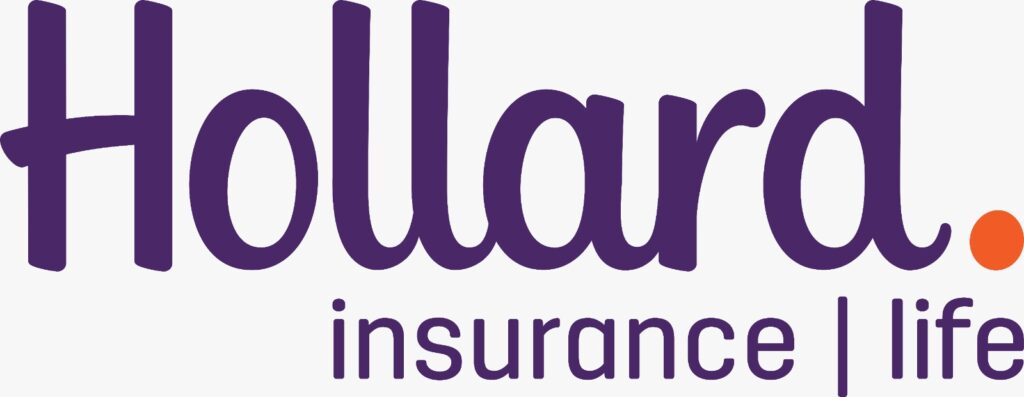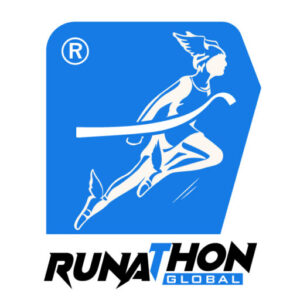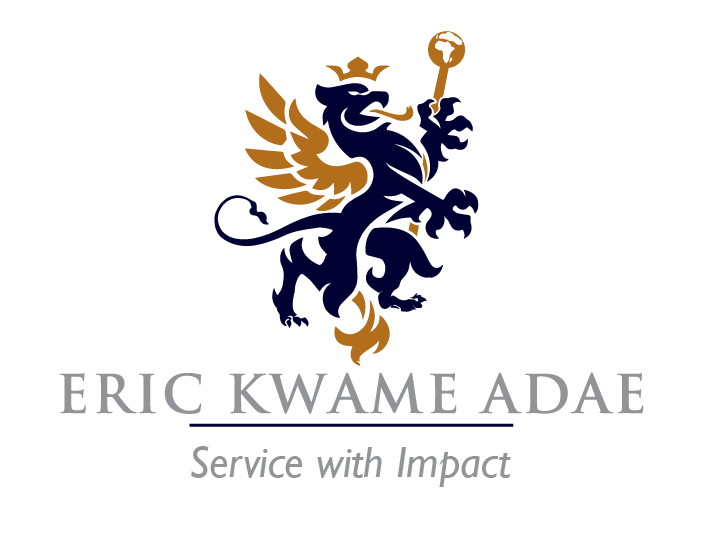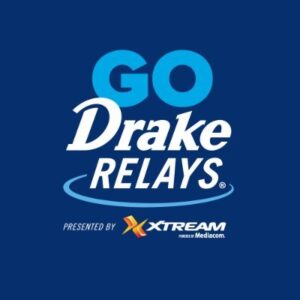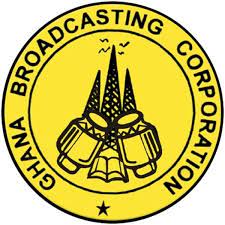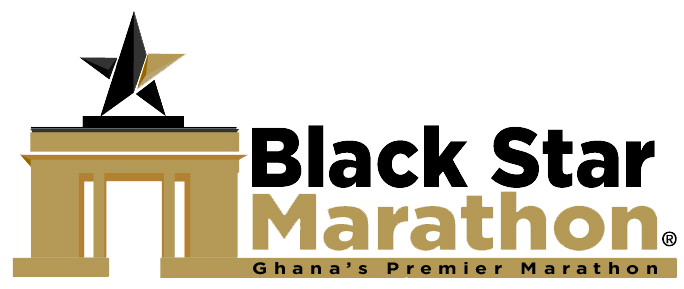
Conquering a marathon distance requires not only physical endurance but also efficient running form. Every stride counts over 42.2 km, so optimizing your running form can significantly enhance your performance and prevent injuries.
Here, we delve into key elements of proper running form for marathon runners:
Posture and Lean
- Maintain a tall posture with a slight forward lean from your ankles, not your waist. Imagine a plumb line running down from your earlobe through your shoulder, hip, and ankle. This lean helps propel you forward and utilizes gravity to your advantage.
Foot Strike and Stride Length
- Aim for a midfoot strike, landing beneath your body’s center of mass. This distributes impact more evenly across your legs and reduces stress on your knees. Avoid heel striking, which can jar your joints.
- Shorten your stride length slightly compared to shorter-distance running. A shorter stride promotes better control, reduces impact forces, and improves efficiency over longer distances.
- Focus on maintaining a stride rate (cadence) that feels comfortable for your race pace.
Arm Swing
- Keep your arms bent at a 90-degree angle, swinging naturally back and forth across your body’s midline. Avoid excessive arm swing, as it can expend unnecessary energy. Let your arm swing be a relaxed counterpoint to your leg movement.
Relaxation
- Maintain a relaxed upper body throughout your run. Avoid tensing your shoulders or clenching your fists. This not only conserves energy but also allows for smoother arm swing and overall efficiency.
Core Engagement
- Engage your core muscles to stabilize your torso and pelvis. A strong core improves posture, reduces lower back strain, and transmits power from your upper body to your legs more effectively.
Practice Makes Perfect
- Mastering proper running form takes time and consistent practice. Start by incorporating form drills into your training runs. Focus on each aspect of form individually, gradually integrating them into your natural running stride.
- Gradual Progression: Gradually increase your training distance and intensity to allow your body to adapt to the demands of the marathon while minimizing injury risk.
- Strength Training: Regularly incorporate strength training exercises to build strong muscles that support proper running form and protect your joints.
- Proper Footwear: Invest in well-fitting, cushioned running shoes designed for long distances. Replace your shoes regularly to ensure optimal shock absorption.
- Consult a Coach or Physical Therapist: Consider seeking guidance from a qualified running coach or physical therapist. They can assess your individual form, identify areas for improvement, and provide personalized training plans.
By incorporating these form-focused strategies into your marathon training, you’ll be well on your way to achieving efficient running mechanics and a successful race day. Remember, proper form is an ongoing practice, so refine and adjust as needed throughout your training journey.


